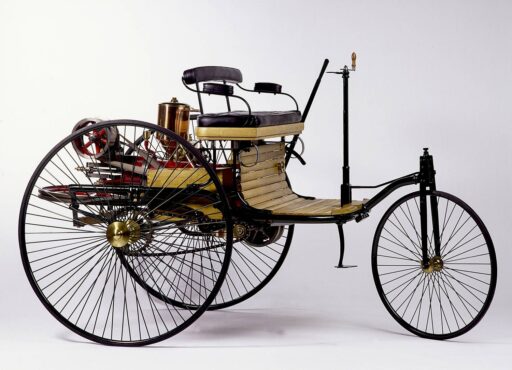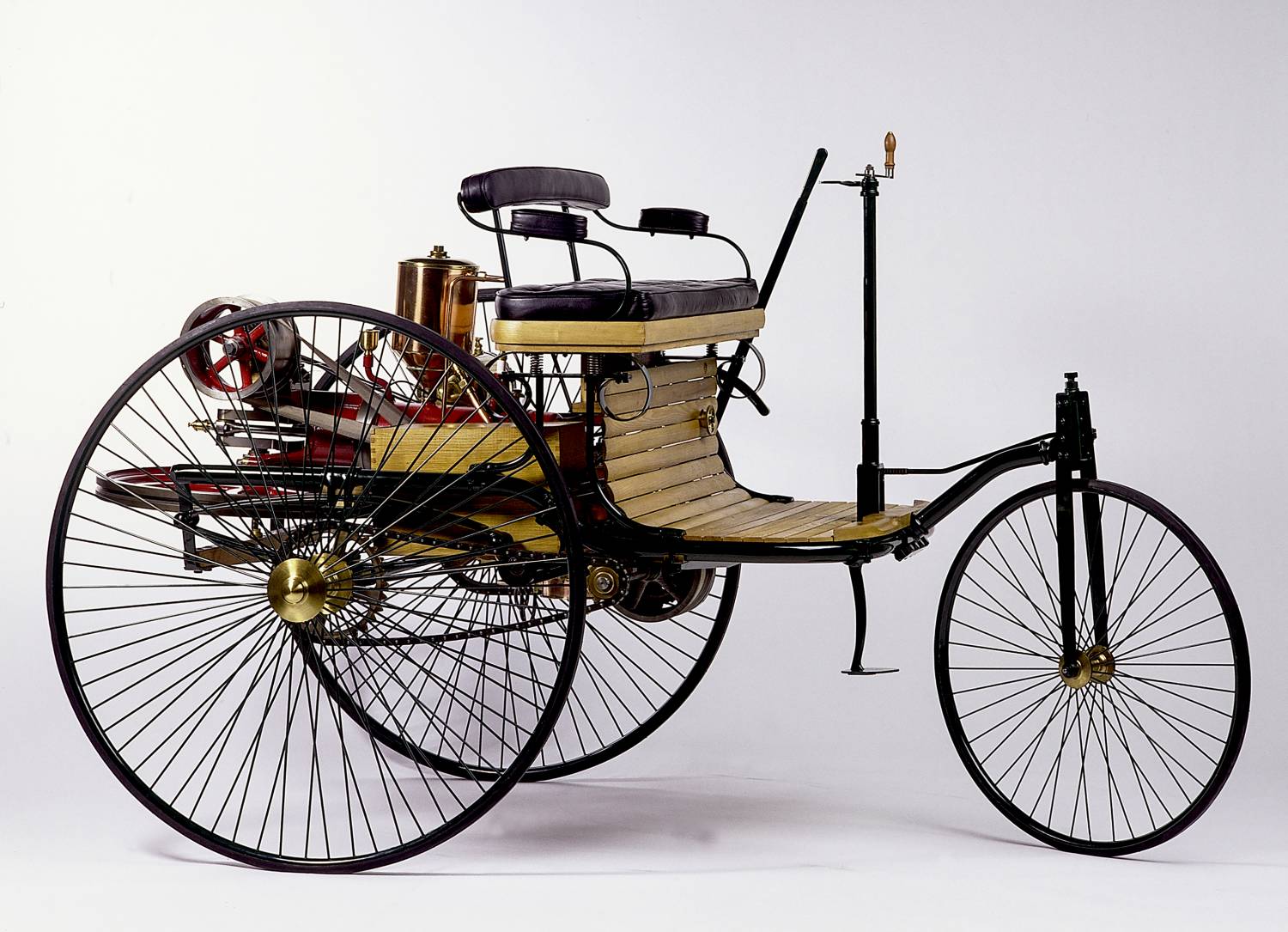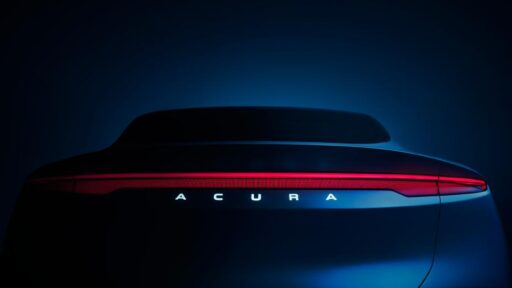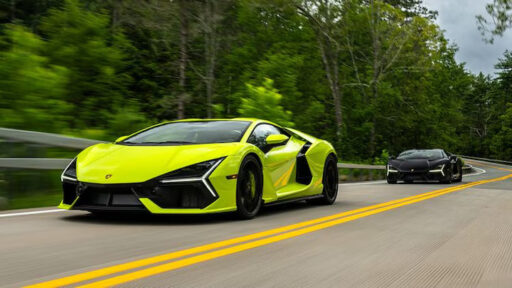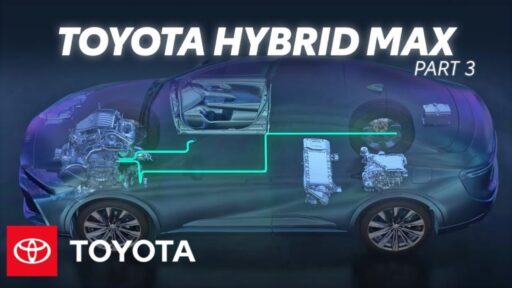Wheels are more than just functional components of a vehicle; they play a pivotal role in defining its character and aesthetic appeal, much like a finely crafted pair of shoes or stylish sneakers complete an outfit.
For Mercedes-Benz, wheels have been an essential element in shaping the visual identity of their cars, balancing functionality with design to achieve a perfect blend of form and function. Over the centuries, wheels have evolved from simple components into iconic design elements that not only characterize individual vehicles but also influence broader cultural trends, art, and design.
Throughout automotive history, wheels have been a constant presence on the roads, from the wooden-spoked wheels of the earliest vehicles to the sleek, aerodynamic designs of modern electric cars.
READ MORE: BMW and MINI Apps Enhance Electric Mobility with New Features
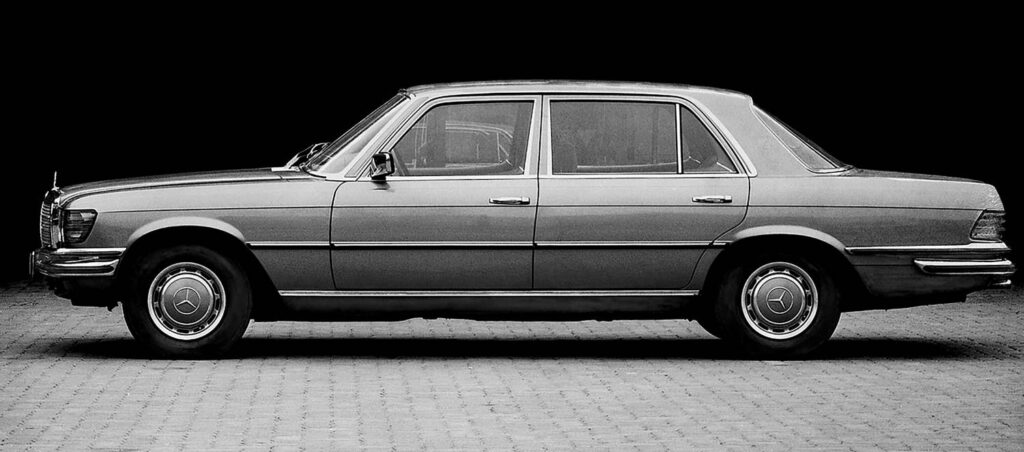
Mercedes-Benz, in particular, has produced some of the most legendary wheel designs, such as the “Baroque wheel” from the Mercedes-Benz C 111 in 1969, which remains influential today. These designs are often reflective of the times, embodying the spirit of the era in which they were created and leaving a lasting impact on art and culture.
Today, Mercedes-Benz offers a wide variety of wheel designs, staying true to their tradition of innovation and style. From flat designs that echo throughout the Mercedes-Benz, AMG, and Maybach lines to intricate cross-spoke and multi-spoke wheels, the choices are nearly endless. The luxurious ball-burnished forged wheels of the Mercedes-Maybach series represent the pinnacle of this evolution, showcasing the brand’s commitment to combining elegance with performance.
The story of Mercedes-Benz wheels begins with Carl Benz’s 1886 motor car, which featured wheels with fine metal wire spokes—a design that dominated for decades. The early 20th century saw the rise of the Mercedes 35 hp, a vehicle that not only won numerous races but also marked the birth of the modern automobile, riding on wheels with twelve wooden spokes each.
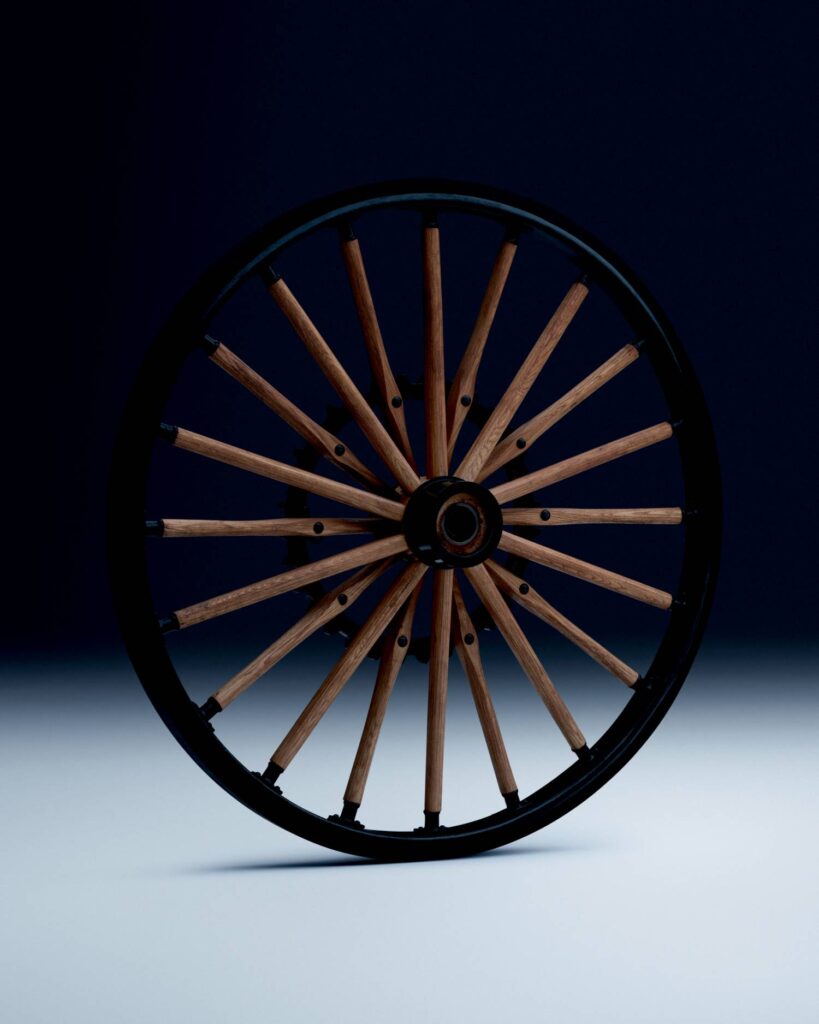
As the automotive world advanced, so did wheel designs. In the 1920s and 1930s, lightweight wire-spoke wheels became popular in racing, offering a significant reduction in weight and improved aerodynamics with the introduction of disc wheels, as seen on the 200hp “Blitzen” Benz, a car that became a symbol of speed and innovation.
The post-war era brought about further developments, with sheet-steel disc wheels becoming more common due to their efficient production and customizable options. The 1950s saw the introduction of perforated trim rings and coloured hubcaps, which became symbols of the booming automotive culture of the time. Iconic models like the 300 SL “Gullwing” Coupé featured composite wheels, combining steel and aluminium for a design that captivated both the automotive world and Hollywood, appearing in numerous films and gaining a cult following.
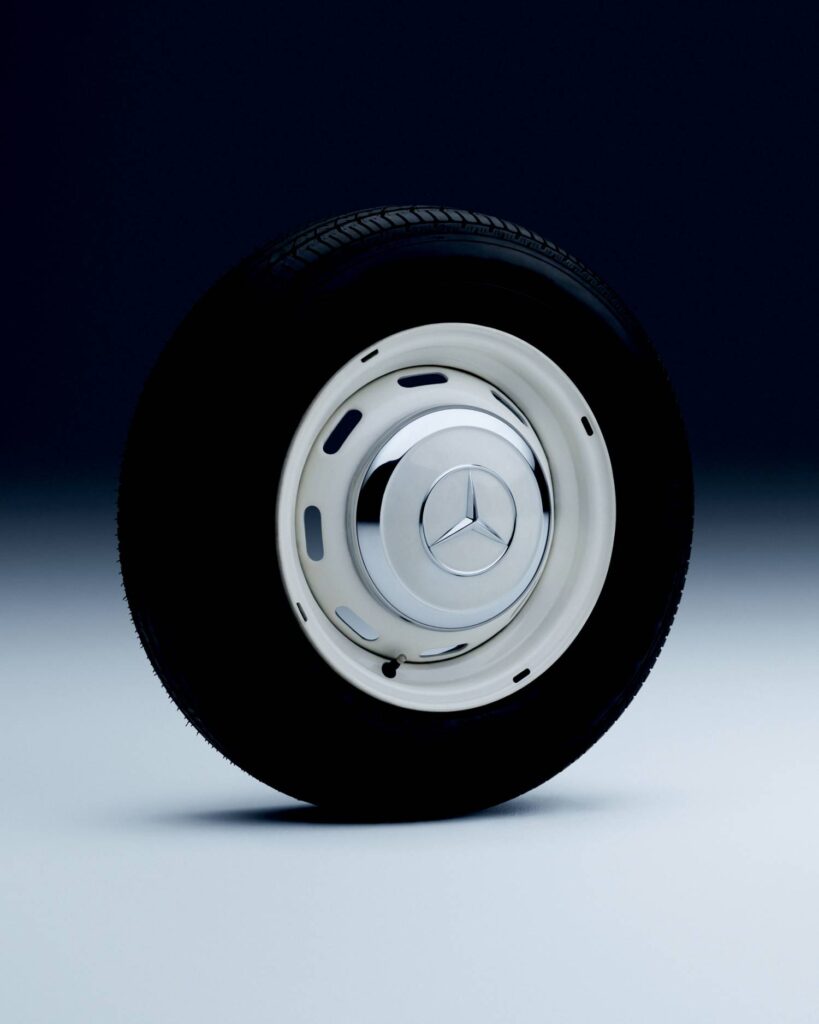
The 1970s introduced the “Baroque wheels,” a multi-spoke design that became synonymous with Mercedes-Benz models of the era, while the 1980s saw the emergence of minimalist alloy wheels with smooth, full-surface designs. These wheels, such as the 15-hole and eight-hole designs, became timeless classics, influencing the design of future AMG and Maybach models.
As the 1990s rolled in, a new variety of wheel designs emerged, with the “EVO II” wheel on the 190 E 2.5-16 high-performance saloon standing out as a motorsport-inspired design that continues to hold cult status.
In recent years, the shift towards electric vehicles has introduced new challenges and opportunities in wheel design. Aerodynamically optimized wheels, such as those on the EQS SUV, combine function and aesthetics, using technologies like high-gloss turning and weight-optimized inserts to achieve efficiency without sacrificing style.
Looking to the future, Mercedes-Benz continues to push the boundaries of wheel design with concept vehicles like the VISION EQXX, Vision One-Eleven, and VISION AVTR. These futuristic designs explore the possibilities of new materials, aerodynamic efficiency, and innovative driving dynamics, such as the “bubble wheels” inspired by the film “Avatar,” which offer unprecedented movement and visual impact.
Wheels will remain a crucial element in automotive design, reflecting the sophistication and culture of their time while continuing to inspire future generations. As Mercedes-Benz continues to innovate, their wheels will undoubtedly remain at the forefront of both performance and style, setting trends and shaping the future of automotive design.
READ MORE: Audi A5: Sustainable and Efficient Production at Neckarsulm Plant
Subscribe today for the freshest car news delivered to your inbox
